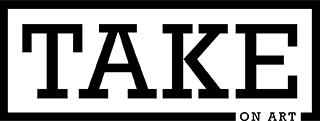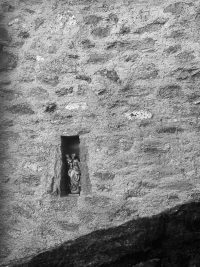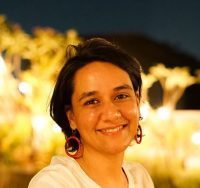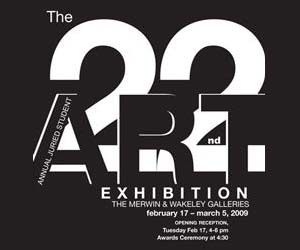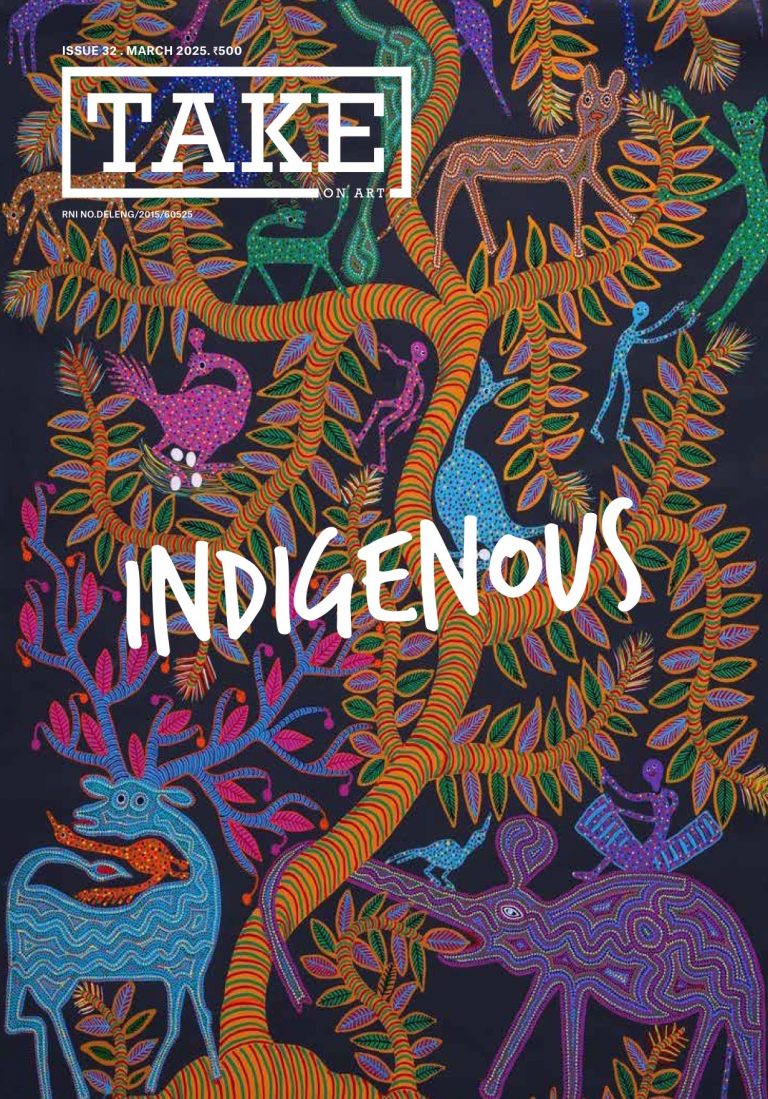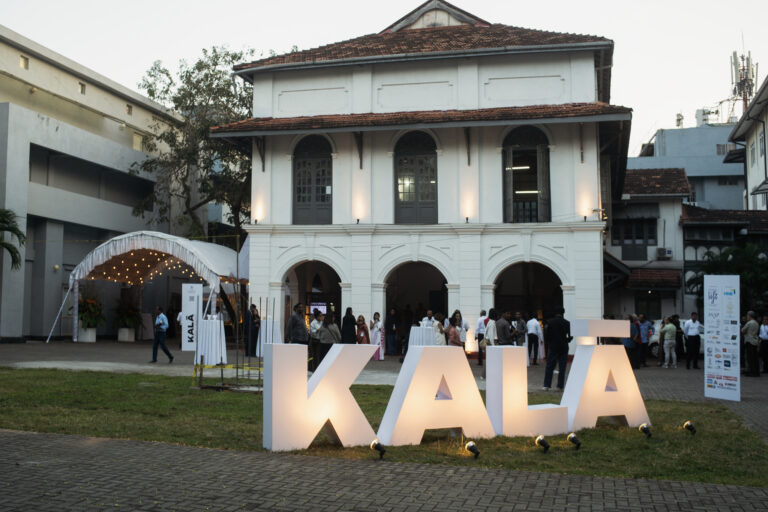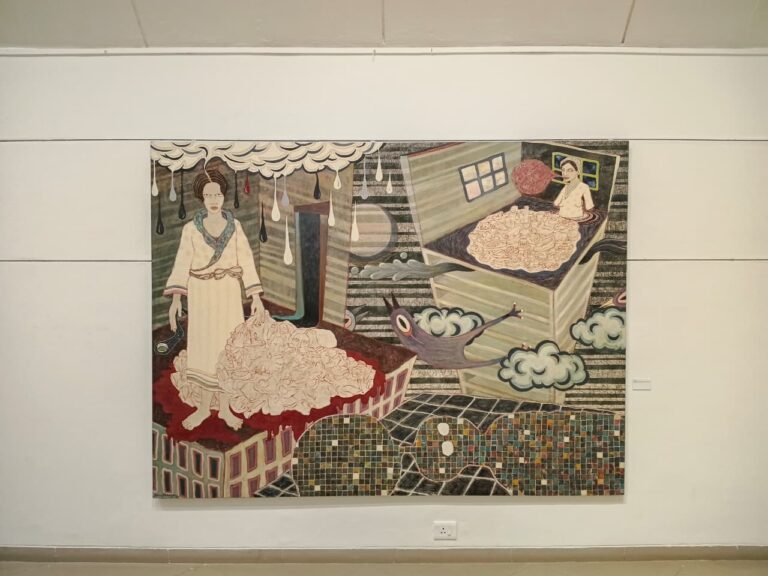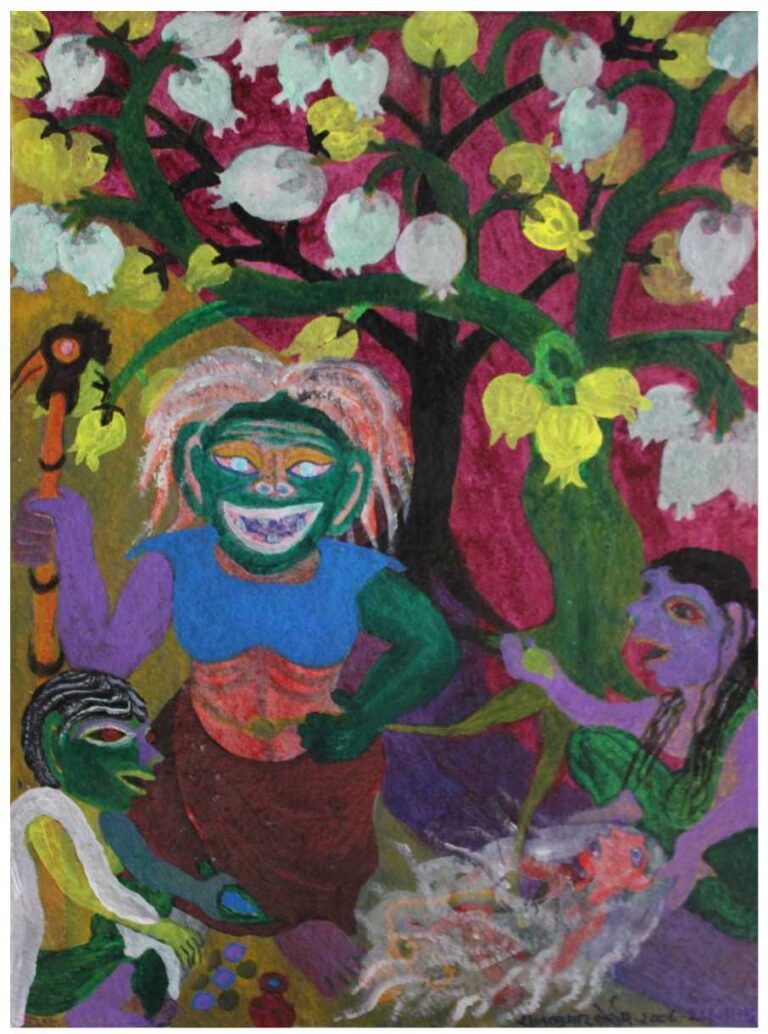This week had a number of highlights in terms of thinking through my research proposal.
In a throwback to school field trips, our residency director took all us residents of Villa Sträuli to the Kunsthaus Zürich, to view a retrospective of Roman Signer, one of the most significant Swiss conceptual artists. We scattered across the large, spare white cube, convening and parting repeatedly as we were drawn to different works.
The format of the visit itself was intriguing — a diverse group of art-history-literate individuals from completely different geographies, generations and disciplines all responding to the same exhibition. Every comment, observation, question and critique in different accents, languages and vocabularies reproduced the exhibition anew, almost like a series of aural annotations thickening the curatorial voice for me, even as my eye fell on the text while listening to my peers. Here was another kind of analysis and archive — synchronous, affective, colloquial and yet also informed and discursive.
 Installation shot of Roman Signer’s works at Kunsthaus Zürich featuring sign language translations.
Installation shot of Roman Signer’s works at Kunsthaus Zürich featuring sign language translations.
How do we talk about artworks in conversation? When we are viewing them together, walking side by side? What is the nature of critical reflection in company?
Soon, I would have a chance to consider this question more seriously. I was invited by my guide to the Cabaret Voltaire, whence the Dada art movement emerged in 1916, to participate in a public writing exercise. A small group meets in the library, extracts from pre-decided texts are read aloud, and then everyone hunkers down for a 40-minute writing marathon. Surely the nerdiest of extreme sports, this event combined public performance with private production in the most stimulating way.
Out of the three texts read out — Olivia Laing’s The Lonely City, Kim Stanley Robinson’s The Ministry for the Future and Hélène Cixous’ Le Troisième Corps — I had read two — Laing and Cixous in translation. Attending to the ‘narrator’ reading out the French original, I tried, like a maladroit tennis player, to strike the French ball with my English racquet, succeeding exactly once. And then began the writing. You could write anything — a poem, the next chapter of your novel, a love letter, your grocery list. After the 40-minute cycle, you could volunteer to read out a line, though there was absolutely no compulsion to do so. This was liberatory, actually decoupling the performance from the act of writing. The words we had just heard read out from the books took on a certain life, activating new ones as text. It was a transubstantiation of sorts, of ideas obviously, but also form, and especially the materiality of language.

How do we listen before we write?
Whose voices haunt us while we write?
How do we read aloud what is written down?
And how do we write about them together, through prompts and provocations?
At the end of week, I spent an afternoon alone at a retrospective of the photographer Lucia Moholy’s works and life. Her incredible oeuvre was marred by the loss of hundreds of negatives when she fled Nazi Germany for the United Kingdom. They had ended up in the possession of the designer Walter Gropius who had immigrated to the United States who then refused to return them, until she took legal action. In a series of letters she remonstrates with a mutual friend, who was not particularly sympathetic to this great ethical violation. Through l the Google Translate app, the decades-old feud flaring up through the stoking of the widget’s digital dots. I could hear her voice in her typed-up words, deprived as it was of the emotional signals of the handwritten. She was upset yet dignified, resigned too. An archival document, rather than an artwork, but it was an index of all the images she thought she would never see again.

Almost before I exit, I do hear her voice. Connected to a small screen featuring her microfilms, her interview plays on a loop — it is in German, of course. I don’t understand a word. But having “heard” her letters in my mind, I have the momentary feeling of understanding her anyway.

How could I engage with the exhibition through the modality of critical eavesdropping – paying attention to words and cadences meant to be heard, not read, and yet imparting something new to the act of writing.
The interstice between the aural and written becomes ever more suggestive.




